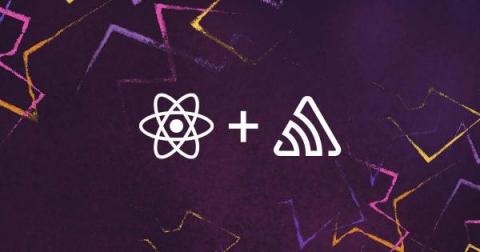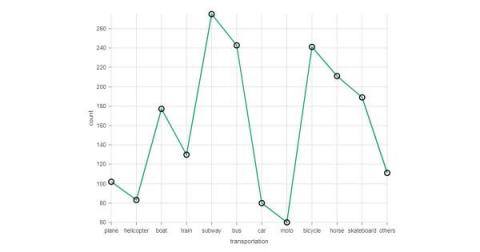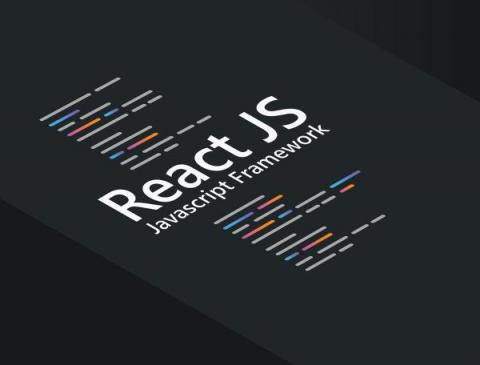Tips for Optimizing React Native Application Performance: Part 1
React Native is an amazing framework for building cross-platform mobile applications. It helps you provide a high-quality, native-looking application that runs on multiple platforms, using a single codebase. The current React Native architecture uses the UI (or main) thread and the JavaScript thread. The JavaScript thread is used to run business logic, make API calls, process touch events, etc. The UI thread is where animations and transitions are done.








